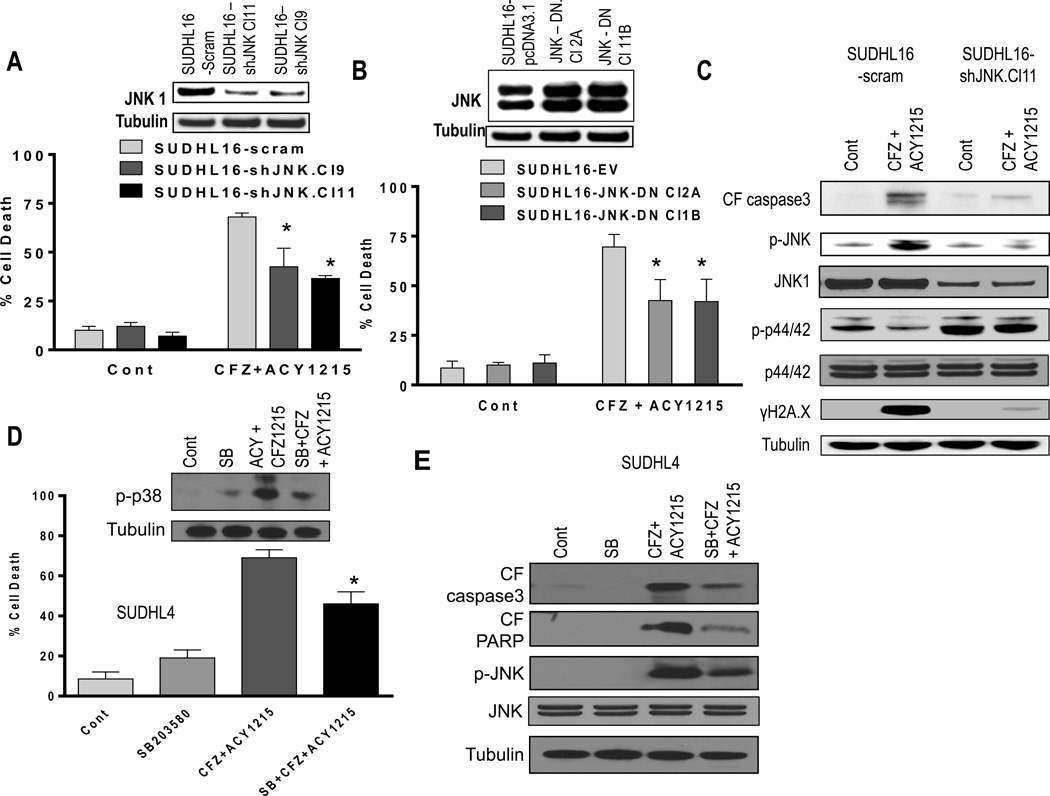Figure 3. JNK and p38 activation, but not ERK1/2 inactivation, play functional roles in ACY1215/CFZ synergism.
(A) SUDHL16 cells stably transfected with JNK1 shRNA or scrambled sequence were exposed to CFZ (2.5 nM) + ACY1215 (1.5 µM). After 36h, cell death was monitored by 7AAD staining and flow cytometry. Inset: relative expression of JNK1 protein in SUDHL16-scrambled sequence and shJNK clones. (B) SUDHL16 cells stably transfected with JNK-DN cDNA or empty vector (pcDNA3.1) were exposed to CFZ (2.5 nM) + ACY1215 (1.5 µM). After 48h, cell death was monitored by 7AAD staining and flow cytometry. Inset: JNK protein expression in SUDHL16 empty vector and JNK-DN clones. (C) Following 20h of drug exposure as in (A) above, Western blot analysis was employed to monitor expression of the indicated proteins. (D) SUDHL4 cells pre-treated with the selective p38 inhibitor SB203580 (10 µM) for 2h were exposed to CFZ (3.0 nM) + ACY1215 (2.0 µM) for 48h. After drug exposure, cell death was monitored by 7AAD staining and flow cytometry. (E) Following 24h of drug exposure as described above (D), Western blot analysis was employed to monitor expression of the indicated proteins. All values represent the means of triplicate experiments performed on three separate occasions ± S.D. For A and B * = significantly less than values for scrambled or empty vector control lines; P < 0.05. For D, * = significantly less than values for cells treated with CFZ + ACY1215; P < 0.05

